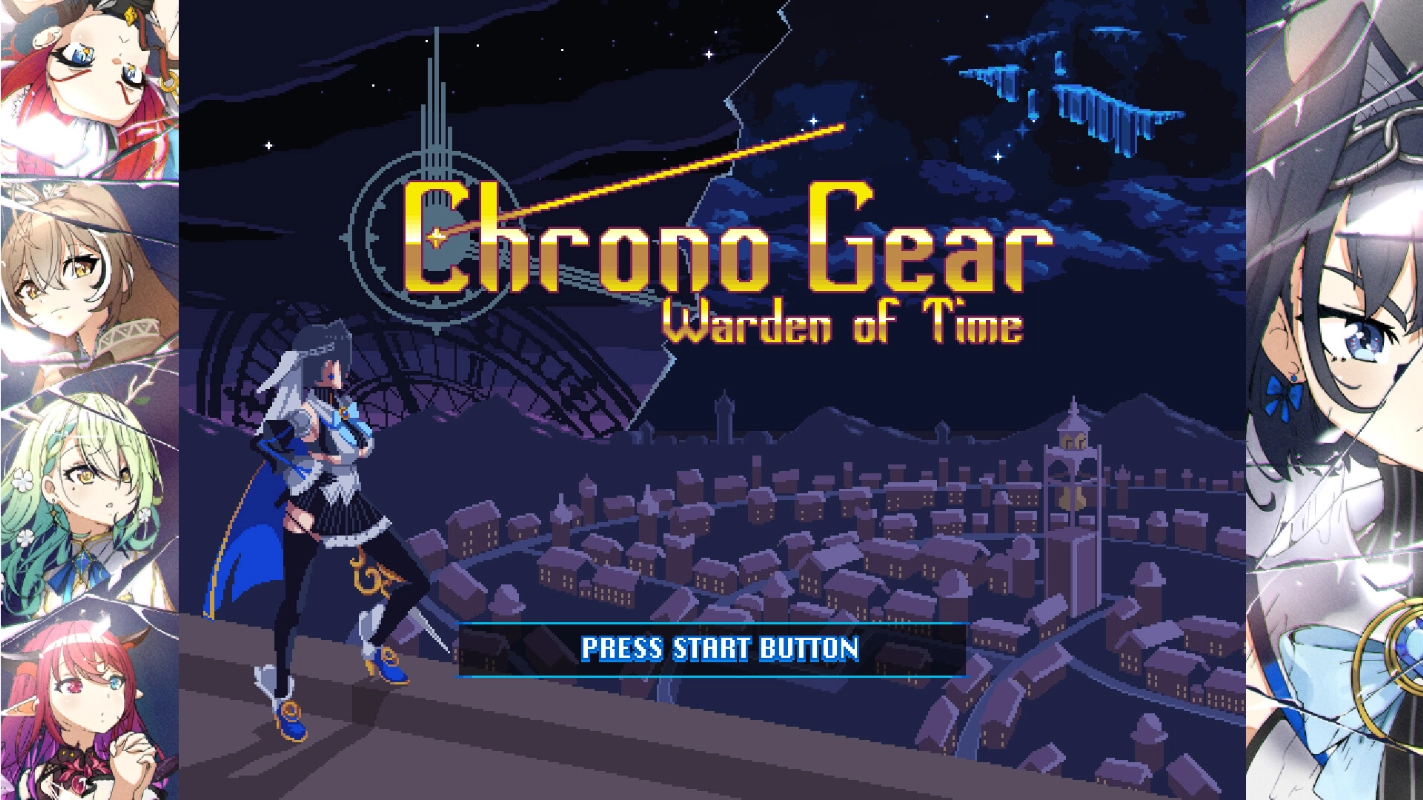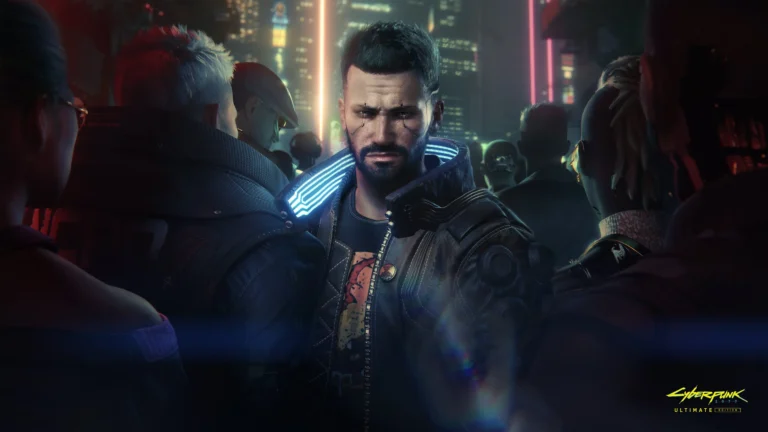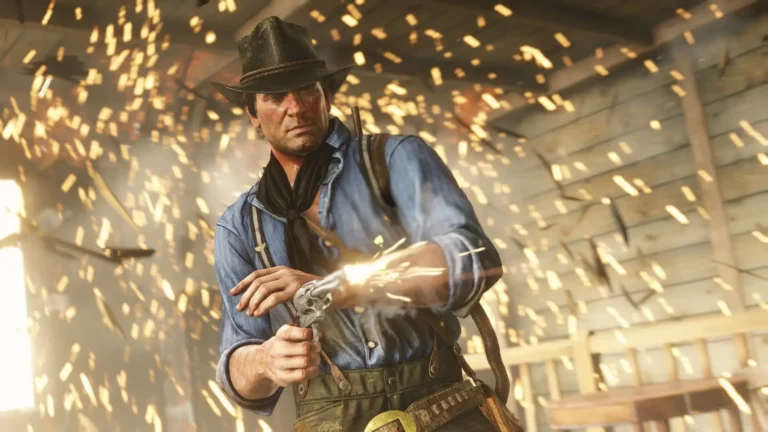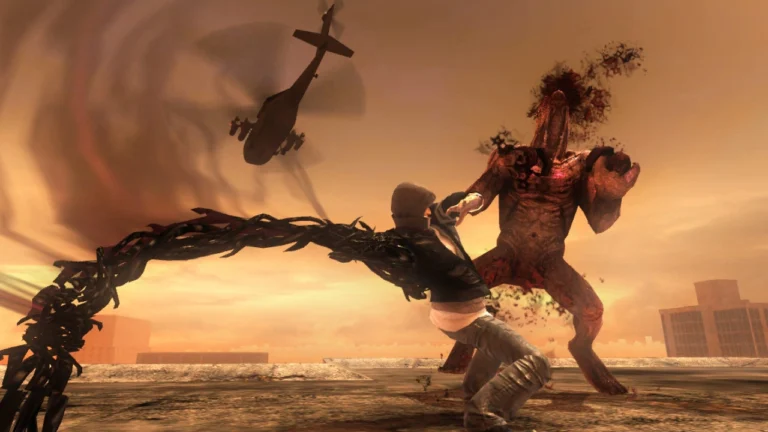When it comes to the issue of IP enforcement and fan works, it’s easy to be cynical. Just look at Nintendo when someone whispers “fan game” or God help you, “emulator.” If you’re a fan of a franchise with a project in mind, copyright law is a landmine to dance across. The threat of a suit ends up dampening the creativity and passion of fans. Hence a good policy is to keep quiet until the project is released.
Cover Corporation, the company behind the VTuber group Hololive, disagrees. Following the popularity of fan games like Idol Showdown and Holocure, the company announced a new policy in November 2023. “Derivative works” would not only be given leniency, the company would also found a new division, holo Indie, to help support and monetize fan works. As of now, more than twenty different Hololive-themed games are available on Steam. These range from idle (pun intended) games, roguelikes, and even an upcoming lifesim called holoVillage. Truly there has never been a better time to simp for anime girls.
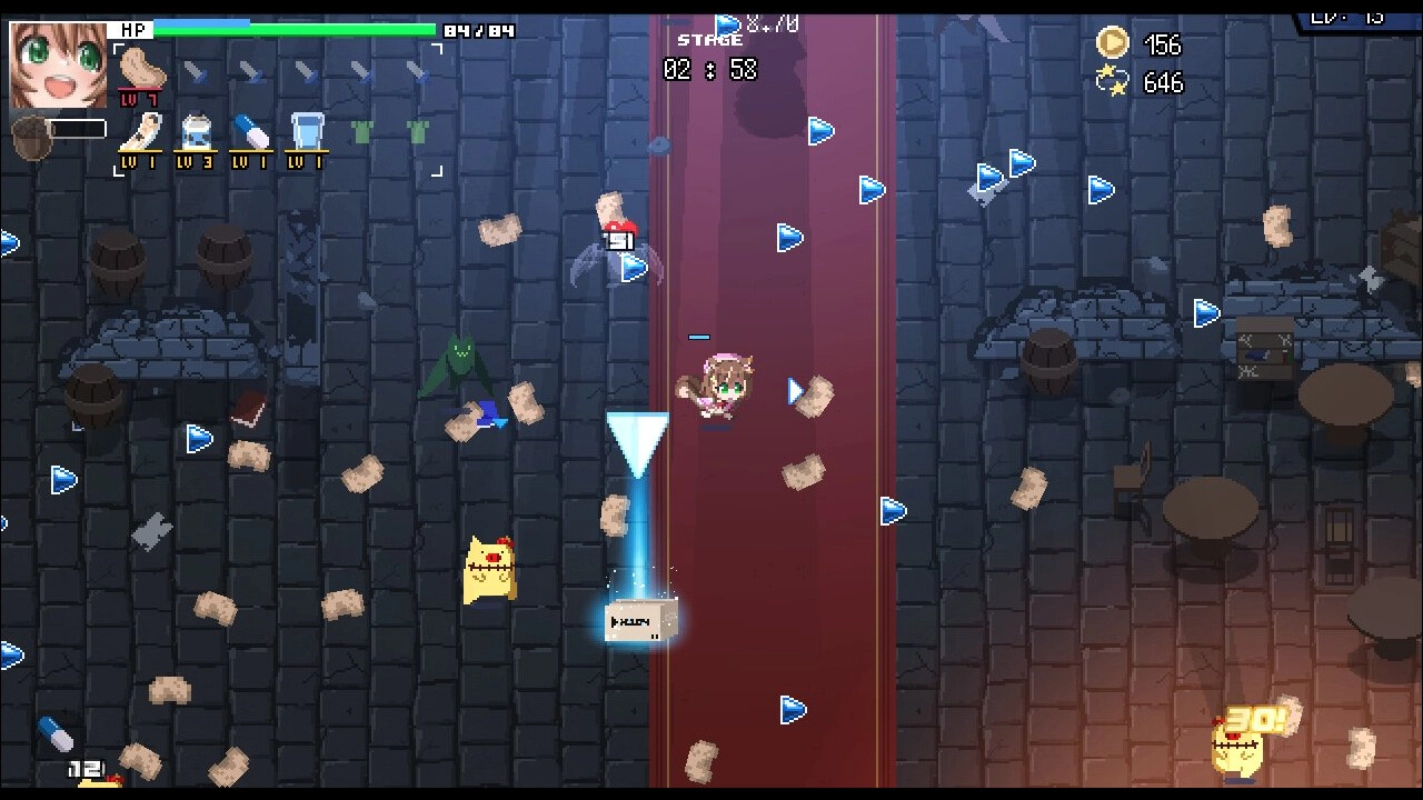
Chrono Gear: Warden of Time, is the latest release for holo Indie. Developed by producer SpaceyBat, Team Chrono Gear, and GalaxyTrail the game is centered around VTuber Ouro Kronii, the warden of time. After the universe is thrown into pandemonium when the chrono gear is shattered, it’s up to Kronii to rebuild the artifact by traveling across the worlds of time, space, nature, chaos and civilization. Sure, we’ve played platformers before, but how many star an egomaniac clock-woman and a powerwashing mini-game? My playthrough was on brave (medium) difficult and my total time clocked in (heh) at 21 hours.
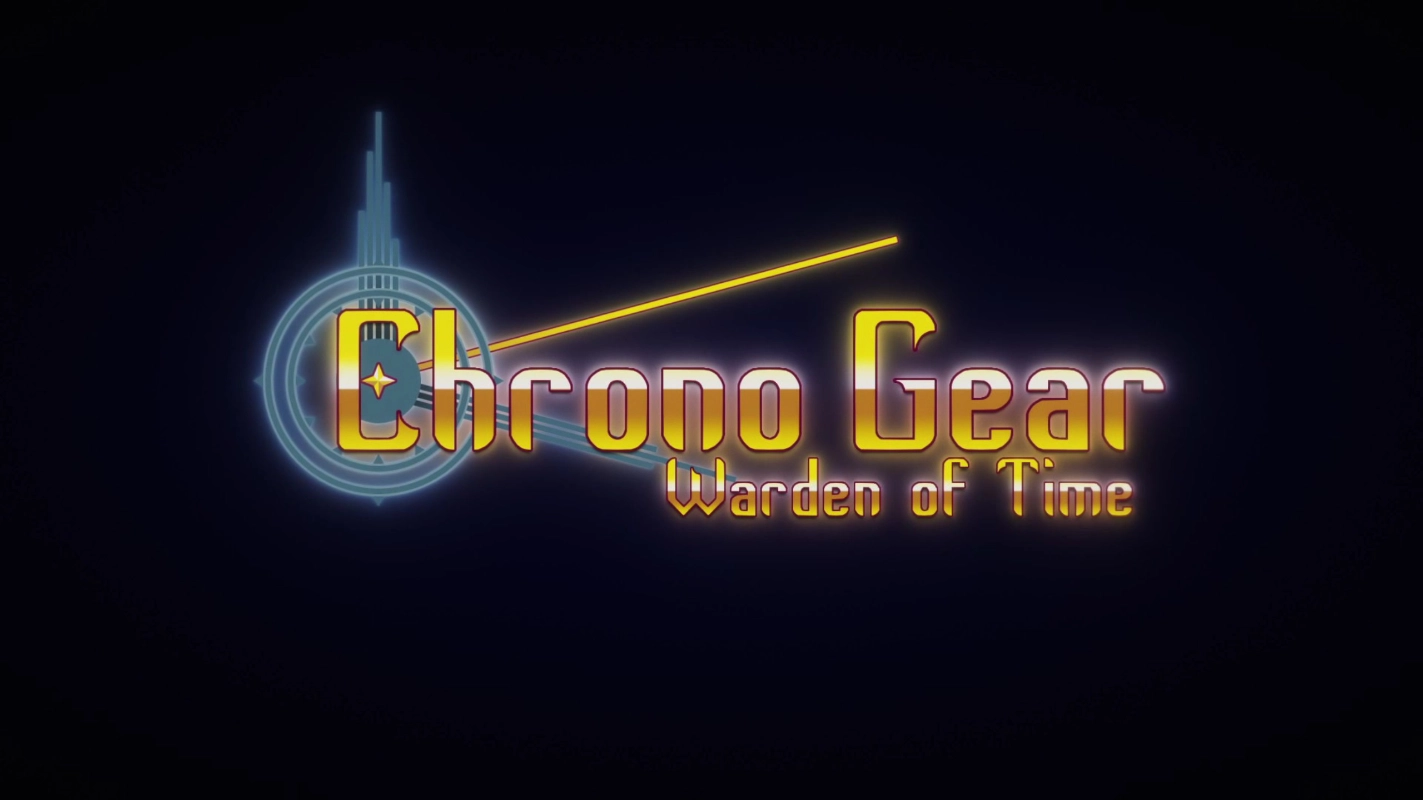
So You Don’t Know VTubers
One thing I want to touch on is how to approach this game if you aren’t a Hololive fan. Granted, my bias is as subtle as a fireworks show, but even so I think you should consider this game if you like platformers. I had a fun time playing it, and I think people who aren’t necessarily fans of Hololive may like it as well. But here’s a brief tangent to sell you on it:
People don’t necessarily need to be initiated in a franchise to enjoy any given entry. My first exposure to Warhammer 40,000 was through Dawn of War II: Chaos Rising. Even though I knew nothing of 40k lore at that point, it didn’t stop me from enjoying the game. In the same way, you don’t need to have watched hundreds of hours of VTuber streams to enjoy Chrono Gear. You can play this game and never watch a Hololive stream, and that’s perfectly fine.
Chrono Gear does a good job of establishing the core elements of the setting. Even those without Hololive exposure should be able to pick up on Kronii, the Council, Laplus, and a few other pillars of the story without difficulty. If there’s one area the game may lose the VTuber uninitiated, it’s the side characters. The first two thirds of the game throw in appearances from other Hololive talents that aren’t strictly related to the story. Fans will expect this, but I have the feeling the side-characters will leave others scratching their heads. Their appearances can seem random, and some may feel lost about pre-existing relationships, backstories, in-jokes, and so on. Or you can just enjoy the cute anime girls and turn your brain off, your call.
Fortunately, the last third of the game focuses back on Kronii and the primary characters without distractions. I was honestly impressed with the narrative effort Spaceybat and co. put into it, and I got pretty invested by the end. Those willing to open up their heart to VTubers may be pleasantly surprised by the story.
With that out of the way, let’s talk about the rest of the game.
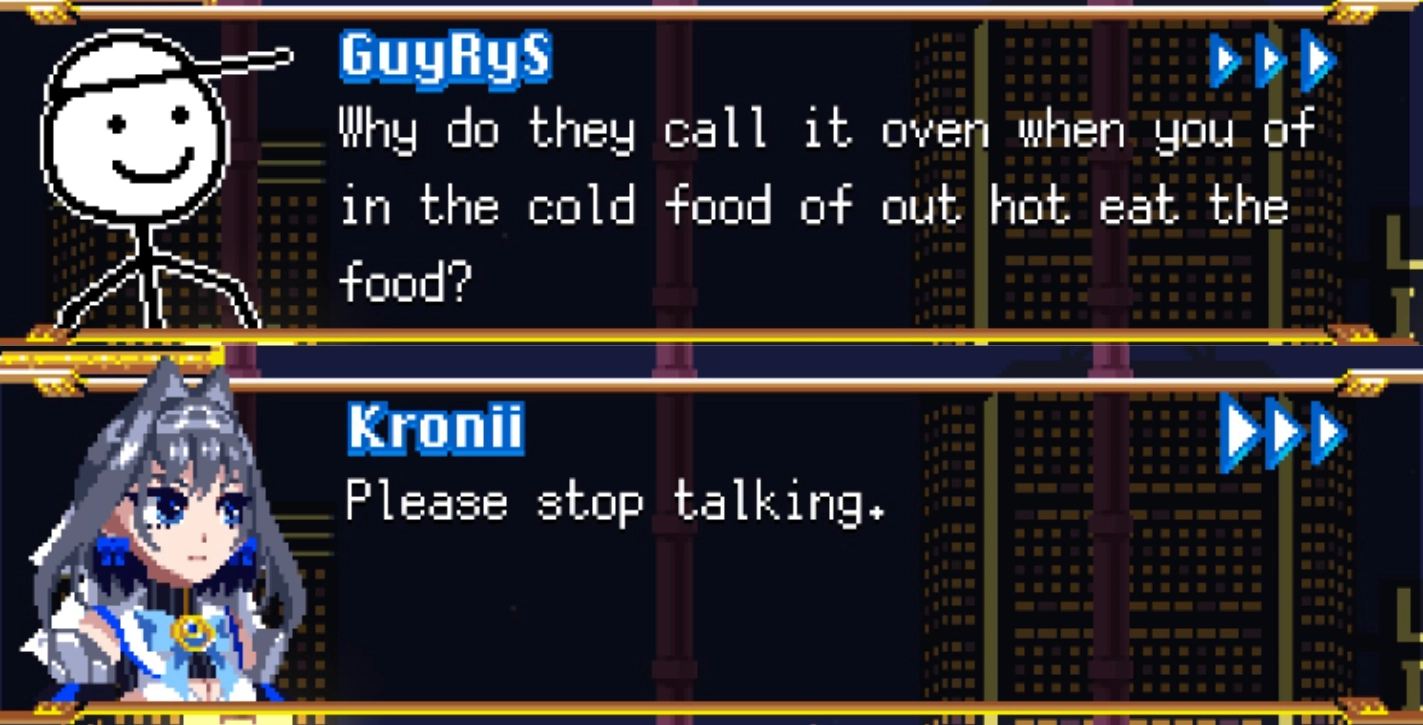
Level Variety is the Spice of Life
Chrono Gear does what many good platformers do: keeping variety in every level. Stage design is relatively compact (with a few exceptions), keeping alternate routes relatively narrow and emphasizing running through the levels quickly. The average level will take you about five minutes in your first playthrough, but you can get that down to three or even two minutes with experience.
What I like the most about the first five worlds you explore is they usually have one unique mechanic per stage. Galaxy Gourmet for example (shout-out to the sanalites), introduces star platforms you need to hit to continue navigating through the cosmic confections. Atlantis meanwhile, is an underwater level where specially colored zones propel you forward, forcing you to aim your trajectory with minimal controls.
Nearly all of the stages in the first two-thirds of the game have something like this. The variety keeps the experience from becoming monotonous, giving the player something new in each level. None of the stage mechanics feel like “forced” either, the rest of the level feels very purposefully designed around them. There was never a moment where I felt annoyed because a dumb level gimmick was impeding my progress. The stages are well thought-out and keep the action moving.
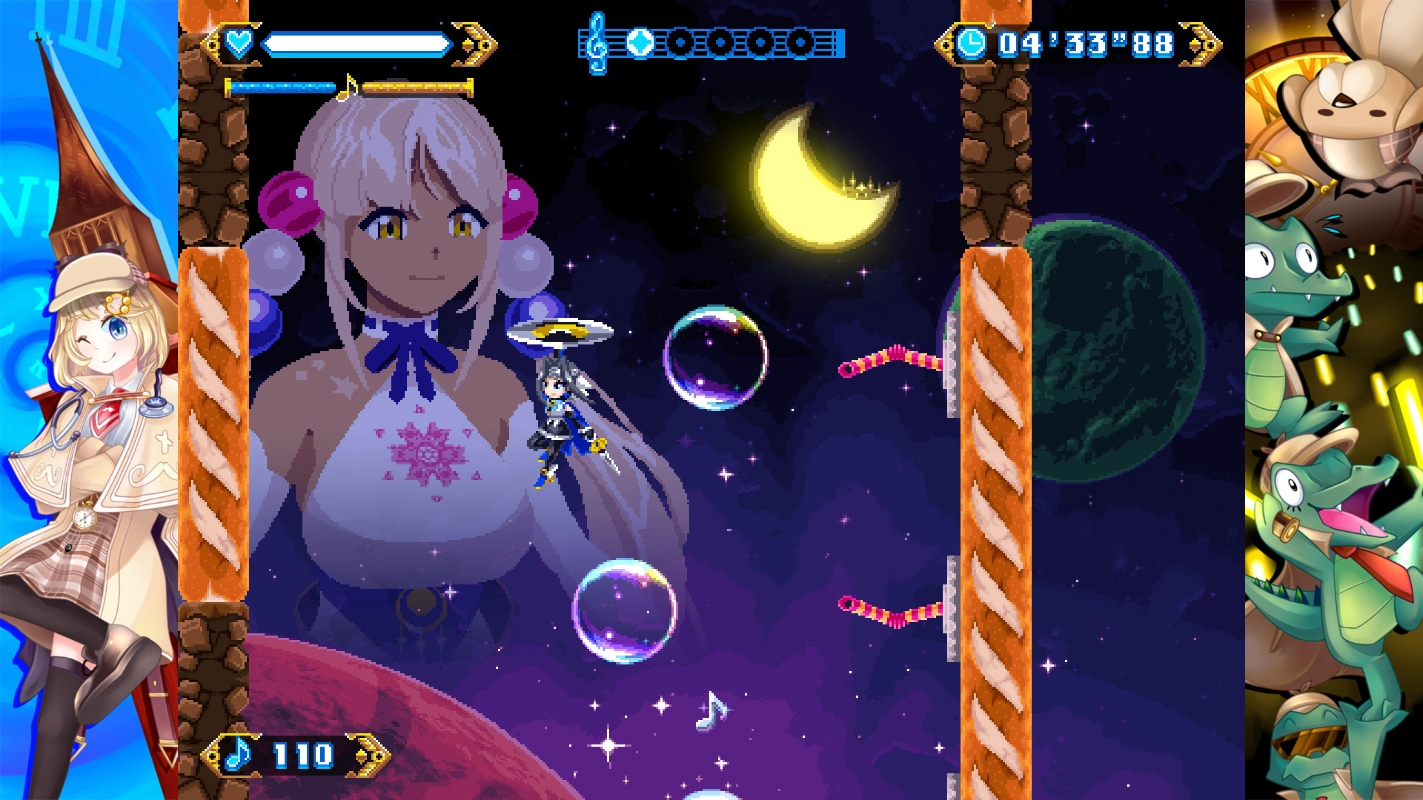
The game is occasionally broken up by exploration stages, requiring you to search a larger area and gather keys. These slow down the game’s pace, giving you a more relaxed experience about solving puzzles than rushing to the finish. Exploration levels have an excess of items, so you won’t be searching endlessly for that one missing key. The music also complements these stages, going for more ambient soundscapes to fit the surroundings.
And of course, there’s collectibles. CDs are the main item you can scour each level for, unlocking new tracks in the jukebox for your listening pleasure. There are also threads for use as currency in hub shops, allowing you to buy more tracks or border art. Customize your game window to your hearts content. I was able to find all collectibles without using a guide, though you may have to replay a level or two if you want 100% completion. Fortunately, even if you restart a level, any collectibles you’ve discovered will still be saved, a nice QOL feature.
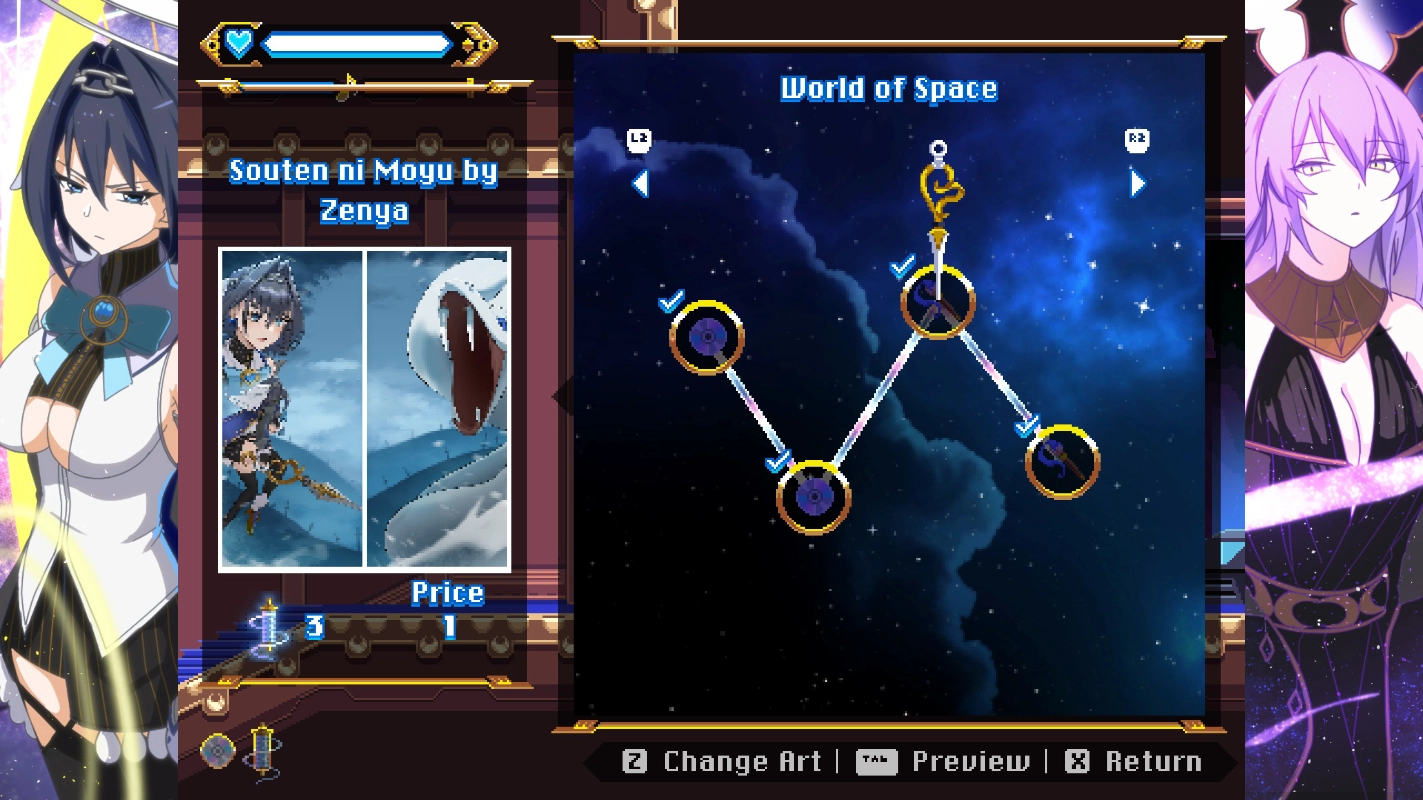
The last third of the game has less unique level mechanics, instead focusing on combining mechanics from previous stages. Appropriately, this is where the Chrono Gear’s difficult begins to ramp up, introducing more difficult enemies. The difficulty curve is more a gentle slope versus a sheer cliff, so start on proud difficulty if you want a challenge. However, if you want to customize your experience, there’s a custom difficulty option that lets you adjust things like enemy damage, and even the speed of certain mechanics.
Mechanics and Idol Pop
Aside from the standard tools you expect from a platformer, Kronii has two time-based abilities at her disposal. As the warden of time, she can slow enemies and stage elements in an area around her, and she can speed up her own movements and attacks. Both are activated via different meters and recharge naturally or can be filled by collecting music notes and defeating enemies. There are also special notes, only collectible by toggling the appropriate power near them. This is more important in stage replays when trying to maximize your score, while keeping your completion time low.
It’s not just fighting enemies where these power are useful, you’ll also need to use them to solve environmental puzzles. For example, in a late-game level you’ll need to use your time slow to keep a door switch from expiring as you activate its counterparts. In another stage, you can use the speed power to hasten a light that reveals hidden platforms, and so on. Utilizing Kronii’s powers in actual stage mechanics provides another layer of engagement that keeps new stages feeling fresh. It also keeps you thinking on your feet during stage replays, instead of mindlessly rushing through.
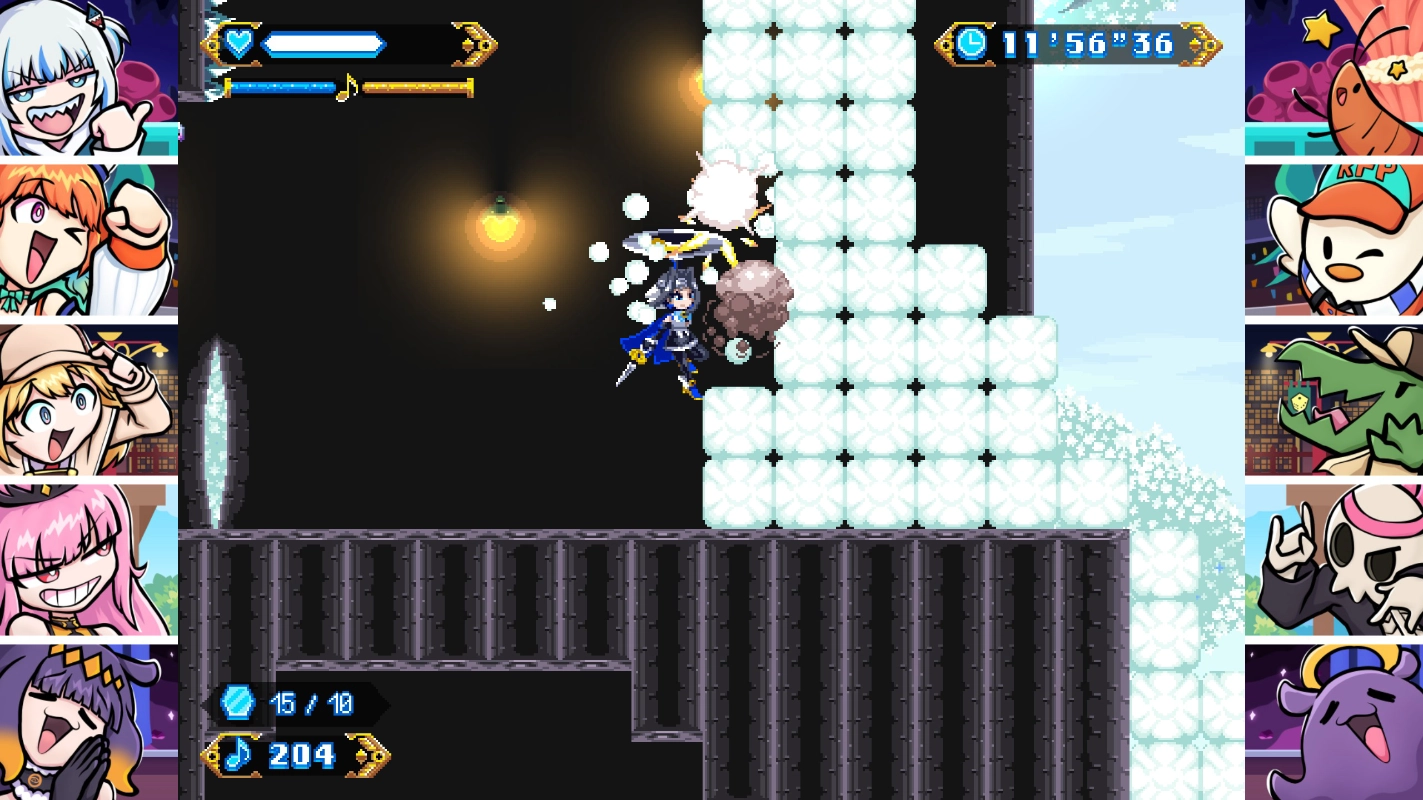
There are a number of bosses in the game as well, though none of them felt insurmountable in difficulty. There’s plenty of variety in the fights, though Kronii’s slow and speed powers give her an edge in the encounters. With most of the game’s focus on individual levels, easier bosses aren’t the biggest drawback. Just don’t expect encounters from something like Silksong. And for what it’s worth, there’s a lot of enjoyable spectacle in the final two bosses.
Then there’s the music, featuring the works of Spaceybat, WUNDER RiKU, BobTheGUYYYYY, and others. As expected, much of the tracks in the game are based off of songs performed by the Hololive talents, with a few originals mixed in. This is another part of the game that requires no foreknowledge of VTubers to enjoy. The soundtrack is excellent, complementing the tone of each stage perfectly. Exploration zones are ambient and slow, and stages like Highway of Dreams are high energy and keep you moving. My personal favorite was the title theme, which appropriately shows up remixed during the game’s climax.
Rewind the Clock, Again and Again
About halfway through my first clear, I was tilting towards a positive, but somewhat lukewarm recommendation. While it’s a solid game, I was skeptical whether it had enough appeal for anyone outside of Hololive fans. But when I started replaying levels to for higher scores, that’s when everything came together. At that point, the mechanics had sunk in, and I felt a greater challenge when blitzing through each stage. Instead of using Kronii’s time-slow as a safety net, I was using it to parry certain attacks while keeping my momentum going. I had to consider which notes I was going to grab while keeping my time low. There was plenty of enjoyment in trying to maximize my scores, and I ended up going for 100% completion.
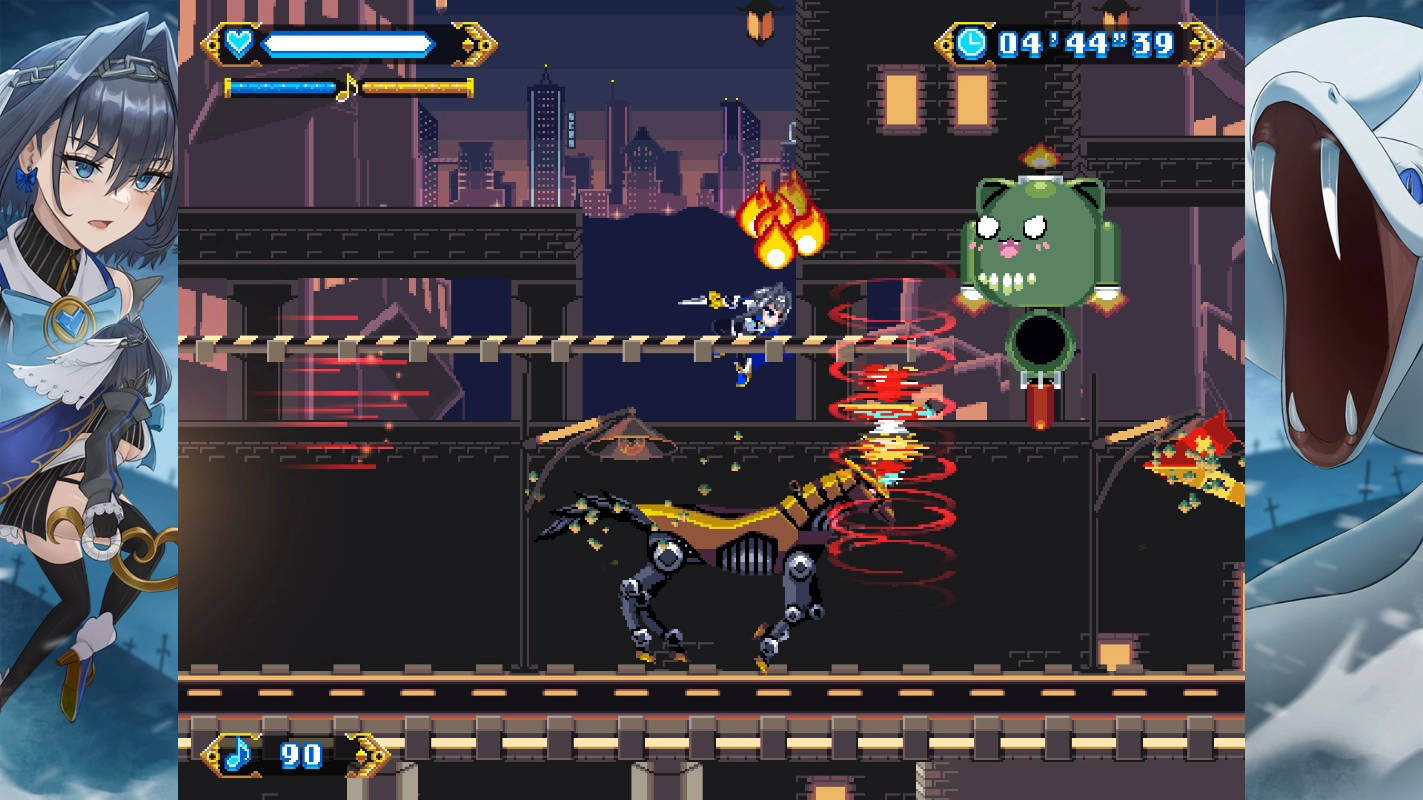
I also found some subtleties in Kronii’s mechanics that weren’t obvious on the first playthrough, but invaluable in replays. For example, when you air-dash into a wall, Kronii bounces upwards slightly, giving you a chance to take shortcuts. It’s a mark of good design that Chrono Gear rewars the player for knowing the levels and using the game’s mechanics to their full potential. It’s also just fun running through levels again. Certain games have mechanics that just feel really nice to use, and Chrono Gear is one of them for me.
Replaying the game to 100% really sold it to me, and I thoroughly enjoyed my time with it. My recommendation: if you like platformers with an emphasis on speed, simple mechanics, and replayability, give Chrono Gear a shot. At $17.99 USD, the price of admission isn’t terrible either. If you’re skeptical, because of VTubers or another reason, there is a demo available featuring two levels from the game. Bear in mind, the difficulty towards the end of the game will ramp up compared to the demo, but it’s not a massive spike. And if you are a Hololive fan, I think you already know what my recommendation to you is. Hell, I’m probably going to do another playthrough on proud difficulty just for fun.
Oh yeah, there’s a fishing minigame too.
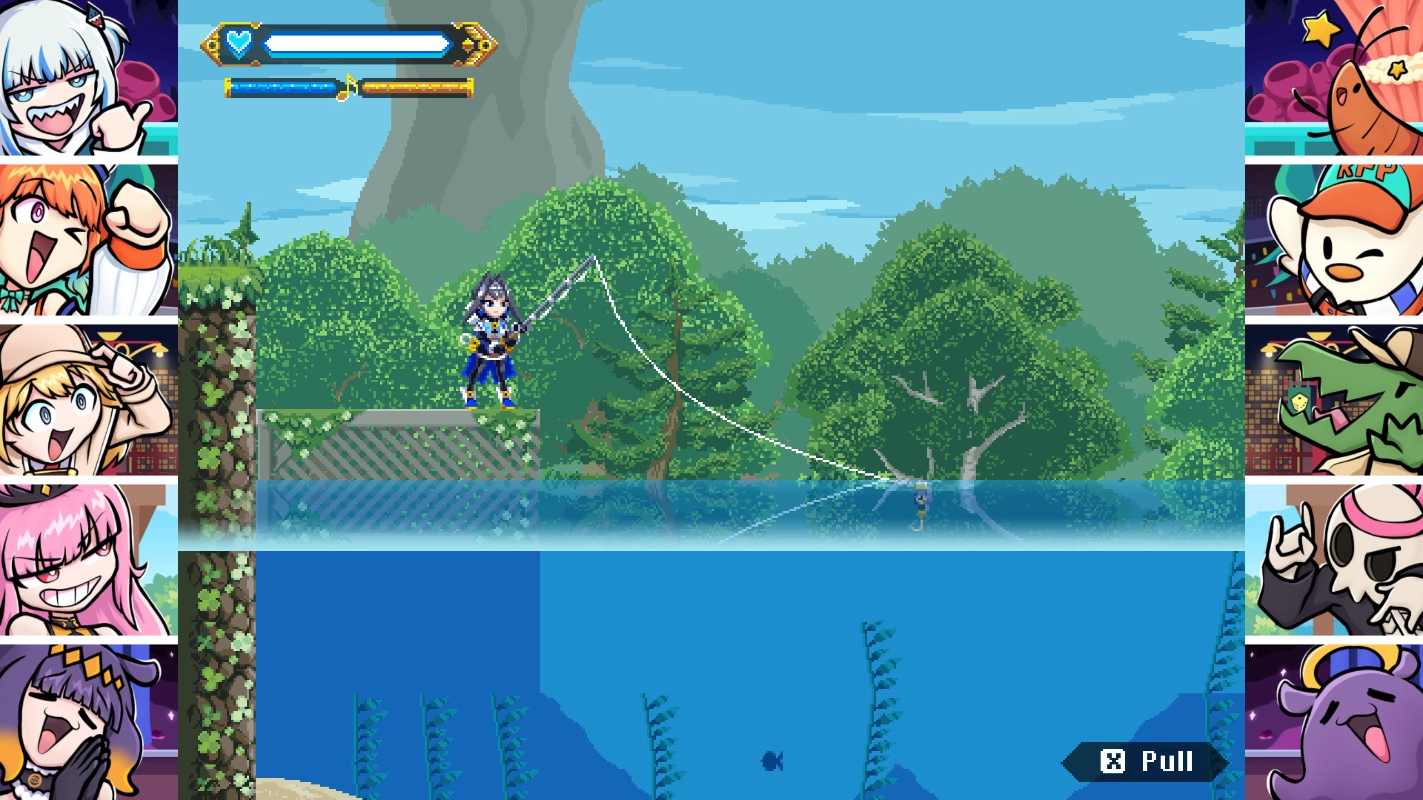
10/10 GOTY.
For more news, reviews, and ocassional VTuber simping, check out our other games section.
